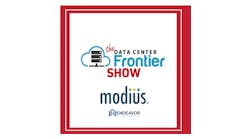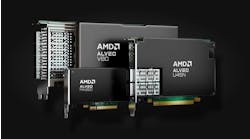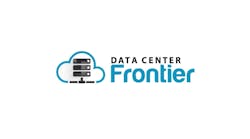Certification of Fiber-Optic Cabling: Crucial for New Data Centers
In an industry where service quality and coverage are pivotal, operators run the constant risk of customer churn if they fall behind the competition. On the other hand, the boom in data consumption and new bandwidth-hungry technologies such as AI have increased the demand for the rapid construction of modern data centers.
In this context, fiber optics play a vital role in ensuring high-speed, efficient and reliable data transmission. The efficiency of fiber optics relies heavily on the quality of the installation and the integrity of the fiber connections. To guarantee these attributes, rigorous optical testing is essential, especially in the context of certifying and delivering new data centers. However, this essential testing comes with significant challenges.
Overcoming test management challenges
In the race to deliver data centers on time, testing must be both rapid and accurate. Delays in testing can lead to project overruns, impacting the overall timeline and budget. This becomes the responsibility of the project manager who is faced with coordinating the construction process with cable testing crucial to project close out.
Good test procedures are the solution to this but designing them is no simple task. Cable identification, test parameters and results management all need due consideration. These records will not only certify the installation meets performance standards, but they will be referenced for fault resolution once the network is activated.
To tackle this challenge, a cloud-based centralized test data management can be instrumental in providing real-time visibility over job progress and quality to stakeholders involved in data center construction. Such a system enables better monitoring, management and documentation of the test results and construction progress.
Critical tests
Let’s now delve into the measurements and tools used for installing cabling across data center campuses.
1. Testing internal fiber cabling between racks
In a data center, internal fiber cabling between racks is responsible for connecting switches, servers and storage units. These cables are often configured according to structured cabling norms with fixed cabling and those used for patching into active devices. The fixed cabling is typically certified to industry standards, or customer-specific limits using optical loss test sets (OLTS) or what the TIA refer to as Tier-1 certification. These cables may contain several hundreds of fibers terminated in connectors housing 2, 8, 16 and 24 fibers depending on specific design considerations. Inspecting these connectors has become more critical due to the growing number of fibers and the loss/reflectance limits needed to support 400G/800G systems.
2. Testing external fiber cabling and troubleshooting problems during installation
For larger data centers spread across multiple buildings, cabling is often more complex given that the cables may contain additional connectors and splices as it is routed through the network. The risk of damage during installation is also increased due to environmental factors. Therefore, OTDR-based testing or Tier-2 certification is often necessary to guarantee the performance of elements within the link including fiber segments, connectors and splices if present. This type of testing also helps identify issues with failed links attributed to bends, breaks or damaged splices/connectors.
Conclusion
A major challenge in building data center networks is balancing the need for speed with the necessity for quality. Rapid construction and expansion are often required to meet growing demand, but this should not come at the cost of performance.
Efficient testing of fiber optics remains crucial to accelerate construction without compromising on quality. It ensures the reliability, efficiency and high-speed performance of optical networks. Facing today’s challenges requires good procedures with versatile test equipment to handle the diversity of cabling scenarios and modern cloud-based test management systems for coordination.

Nicholas Cole
Nicholas Cole is Data Center Solution Manager for EXFO. He is a member of the British Standards Institution for fiber optics and works with fiber optic test equipment and cabling systems in a variety of roles across sales, marketing, and product management. Contact EXFO to learn more about their testing, monitoring, and analytics services.






